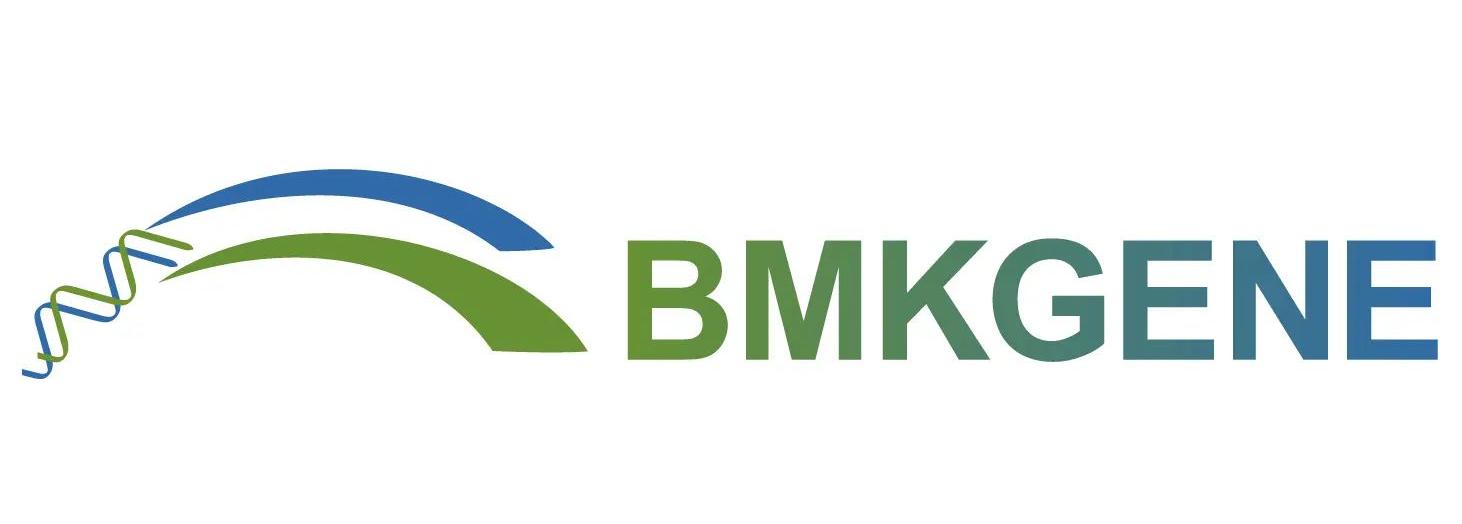-
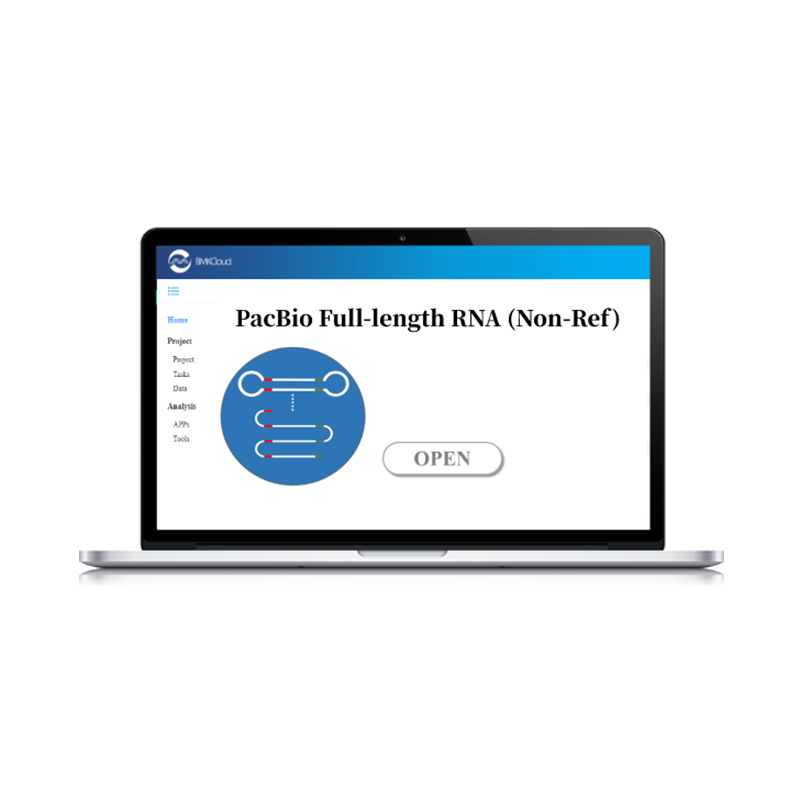
PacBio-Full-length 16S/18S/ITS Amplicon Sequencing
Amplicon (16S/18S/ITS) platform is developed with years of experience in microbial diversity project analysis, which contains standardized basic analysis and personalized analysis: basic analysis covers the mainstream analysis content of current microbial research, the analysis content is rich and comprehensive, and analysis results are presented in the form of project reports; The content of personalized analysis is diverse. Samples can be selected and parameters can be set flexibly according to the basic analysis report and research purpose, to realize personalized requirements. Windows operating system, simple and fast.
-

PacBio-Full-length Transcriptome (Non-Reference)
Taking Pacific Biosciences (PacBio) Isoform sequencing data as input, this App is able to identify full-length transcript sequences (without assembly). By mapping full-length sequences against reference genome, transcripts can be optimized by known genes, transcripts, coding regions, etc. In this case, more accurate identification of mRNA structures, such as alternative splicing, etc, can be achieved. Joint analysis with NGS transcriptome sequencing data enables more comprehensive annotation and more accurate quantification in expression at transcript level, which largely benefits downstream differential expression and functional analysis.
-
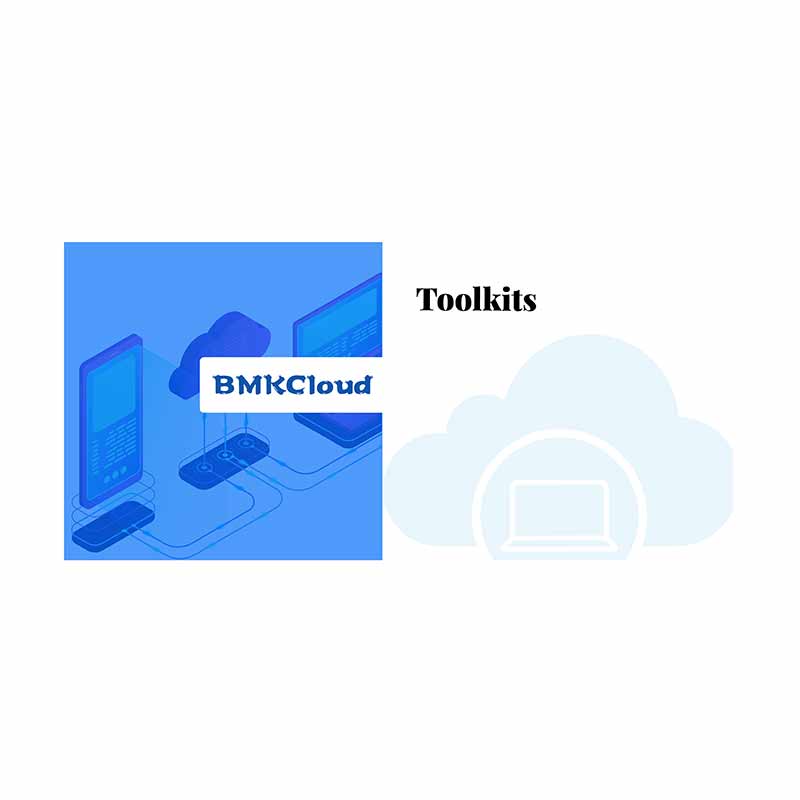
Toolkits
BMKCloud is a leading bioinformatic platform providing one-stop solution for genomic programs, which is widely trusted by researchers in various arena including medical, agricultural, environmental, etc. BMKCloud is committed to provide integrated, reliable and efficient services including bioinformatic analysis platforms and tools, computing resources, public database, bioinformtic online courses, etc. BMKCloud has various frequently used bioinformatic tools of including gene annotation, evolutionary genetic tools, ncRNA, data quality control, assembly, alignment, data extraction, mutations, statistics, figure generator, sequence analysis,etc.
-
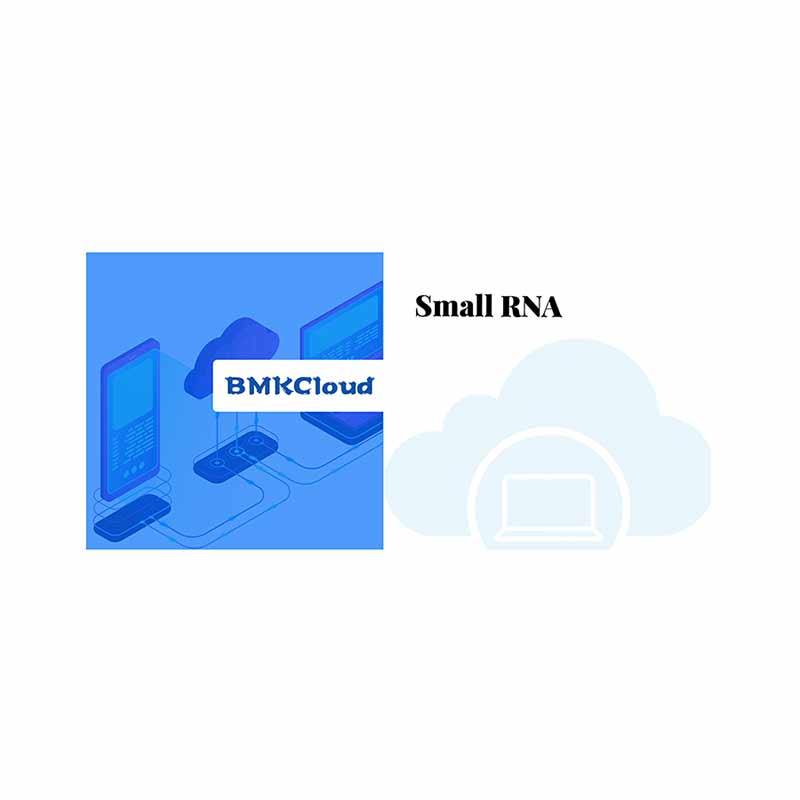
small RNA
Small RNAs are type of short non-coding RNA with average length of 18-30 nt, including miRNA, siRNA and piRNA. These small RNAs have been massively reported to be involved in various biological processes such as mRNA degradation, translation inhibition, heterochromatin formation, etc. SmallRNA sequencing analysis has been widely applied in studies on animal/plant development, disease, virus, etc. Small RNA sequencing analysis platform consists of standard analysis and advanced data mining. On base of RNA-seq data, standard analysis can achieve miRNA identification and prediction, miRNA target gene prediction, annotation and expression analysis. Advanced analysis enables customized miRNA search and extraction, Venn diagram generation, miRNA and target gene network building.
-
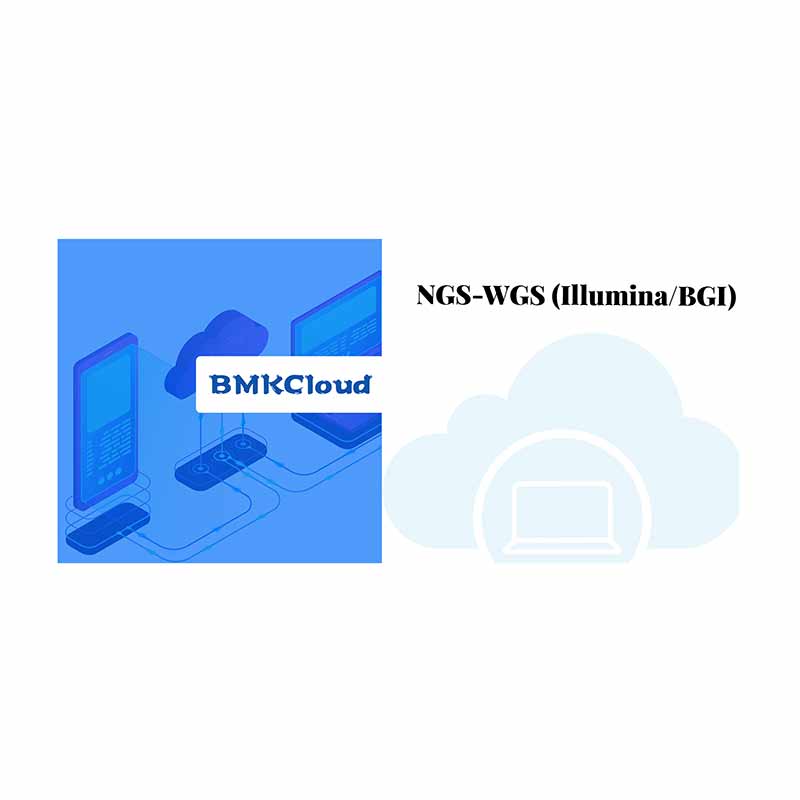
NGS-WGS (Illumina/BGI)
NGS-WGS is an whole genome re-sequencing analysis platform, which is developed on base of rich experience in Biomarker Technologies. This ease-to-use platform allows quick submission of an integrated analysis workflow by simply setting a few basic parameter, which fits for DNA sequencing data generated from both Illumina platform and BGI sequencing platform. This platform is deployed on high performance computing server, which empowers highly efficient data analysis in very limited time. Personalized data mining is available on base of standard analysis, including mutated gene query, PCR primer design, etc.
-
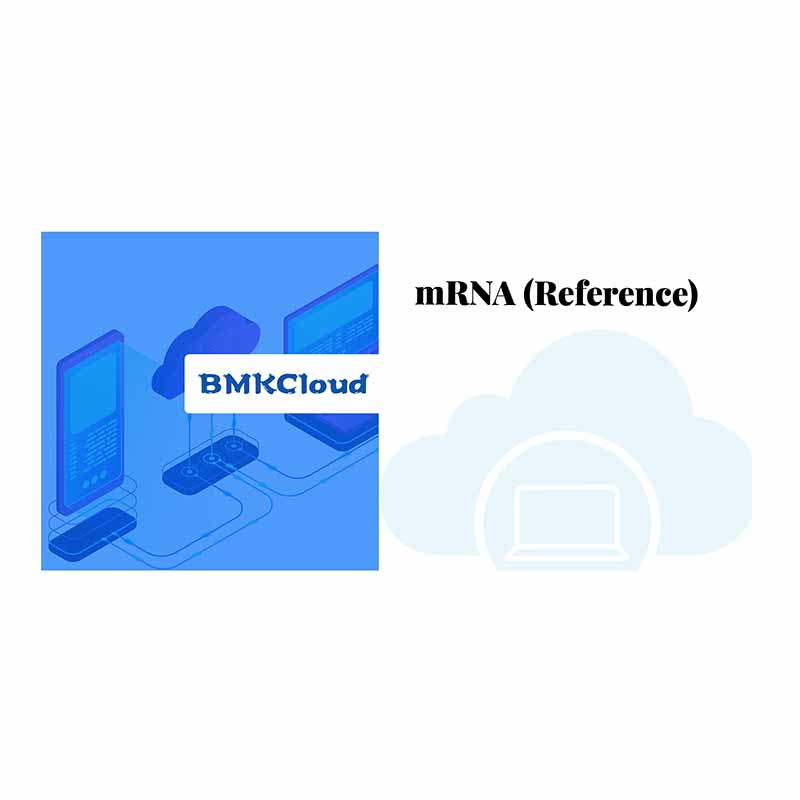
mRNA(Reference)
Transcriptome is the link between genomic genetic information and the proteome of biological function. Transcriptional level regulation is the most important and the most widely studied regulation mode of organisms. Transcriptome sequencing can sequence the transcriptome at any point in time or under any condition, with a resolution accurate to a single nucleotide.It can dynamically reflect the level of gene transcription, simultaneously identify and quantify rare and normal transcripts, and provide the structural information of sample specific transcripts.
At present, transcriptome sequencing technology has been widely used in agronomy, medicine and other research fields, including animal and plant development regulation, environmental adaptation, immune interaction, gene localization, species genetic evolution and tumor and genetic disease detection.
-
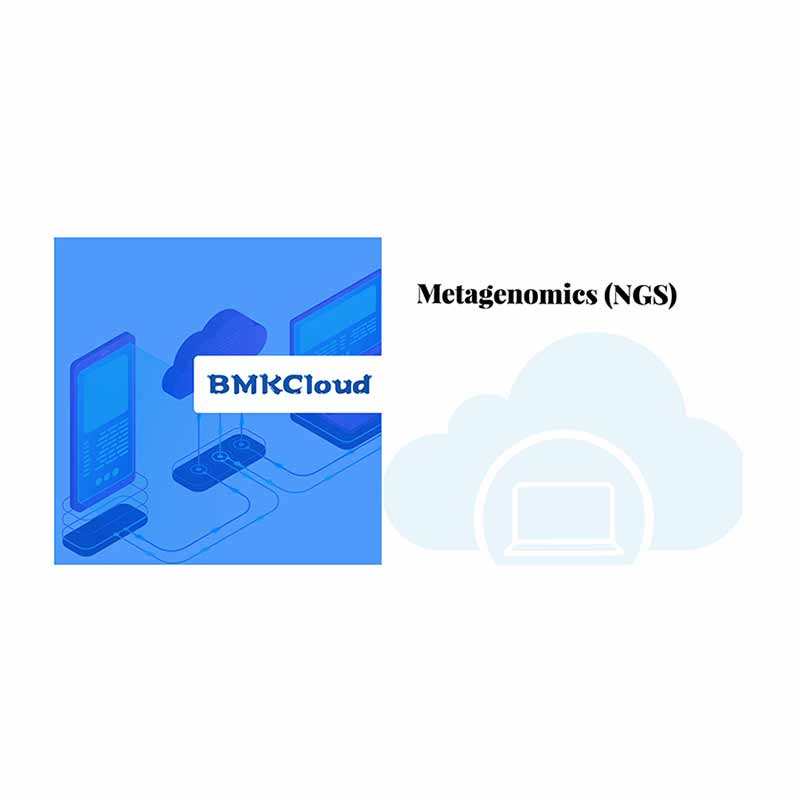
Metagenomics (NGS)
This analysis platform is designed for shotgun metagenomic data analysis on base of years of experience. It consists integrated workflow containing various of commonly needed metagenomics analyses including data processing, species-level studies, gene function-level studies, metagenome binning, etc. In addition, customized data mining tools are available upon standard analysis workflow, including gene and species query, parameter setting, personalized figure generating, etc.
-
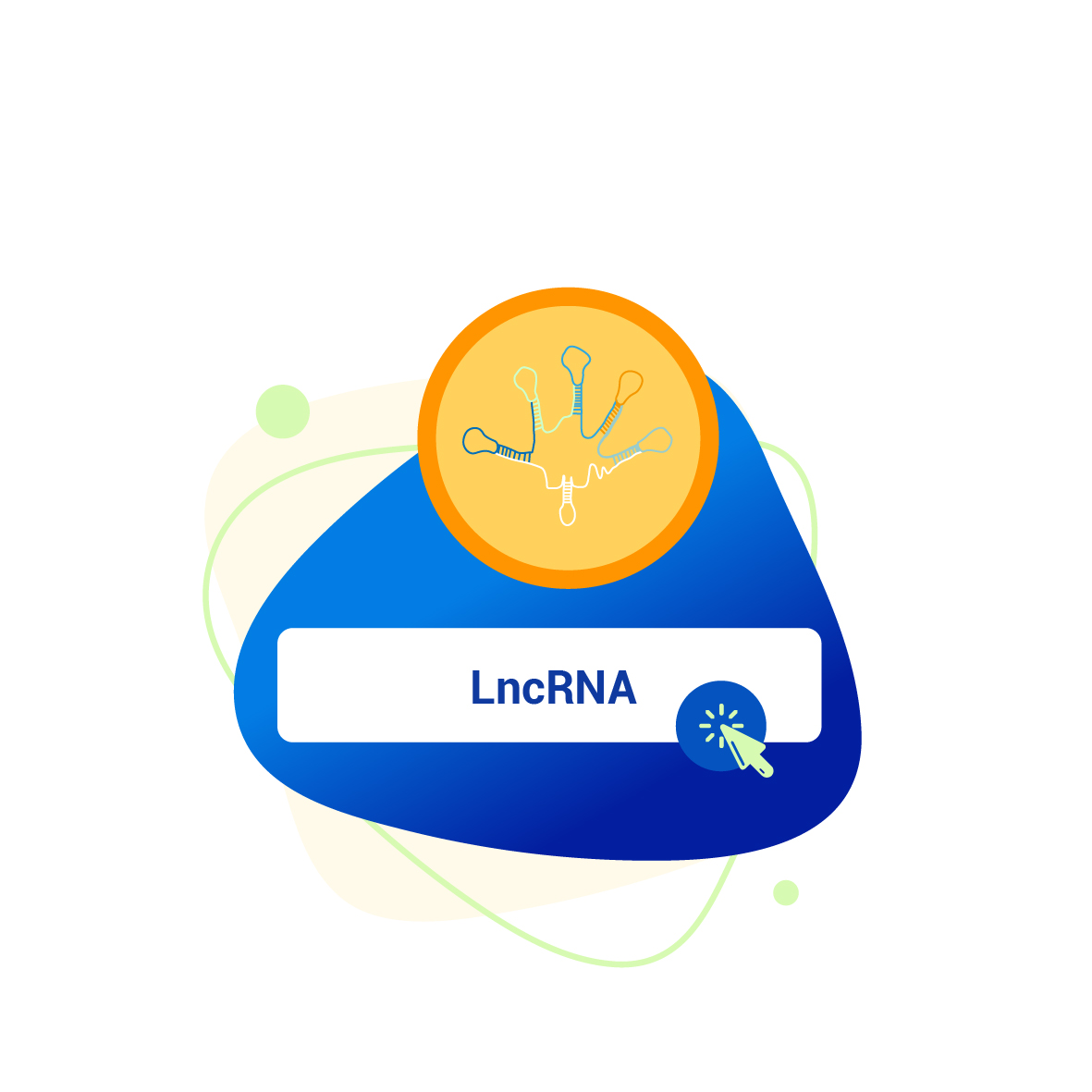
LncRNA
Long non-coding RNAs (lncRNA) are a type of transcripts with length longer than 200 nt, which are unable to code proteins. Accumulative evidence suggests that most of lncRNAs are very likely to be functional. High-throughput sequencing technologies and bioinformatic analyzing tools empower us to reveal lncRNA sequences and positioning information more efficiently and lead us to discover lncRNAs with crucial regulatory functions. BMKCloud is proud to provide our customers lncRNA sequencing analysis platform to achieve fast, reliable and flexible lncRNA analysis.
-
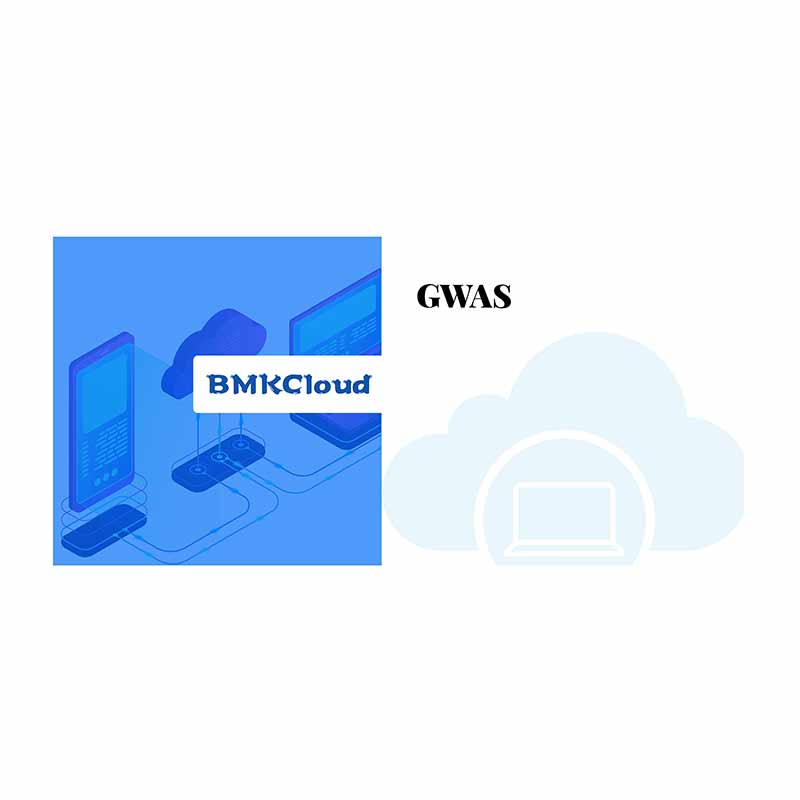
GWAS
Genome-wide association study (GWAS) aims at identifying genetic variants (genotype) that associated with specific traits (phenotype). GWA studies investigates genetic markers cross whole genome of large number of individuals and predicts genotype-phenotype associations by statistical analysis at population level. Whole-genome resequencing can potentially discover all genetic variants. Coupling with phenotypic data, GWAS can be processed to identify phenotype related SNPs, QTLs and candidate genes, which strongly backs up modern animal/plant breeding. SLAF is a self-developed simplified genome sequencing strategy, which discovers genome-wide distributed markers, SNP. These SNPs, as molecular genetic markers, can be processed for association studies with targeted traits. It is a cost-effective strategy in identifying complex traits associated genetic variations.
-
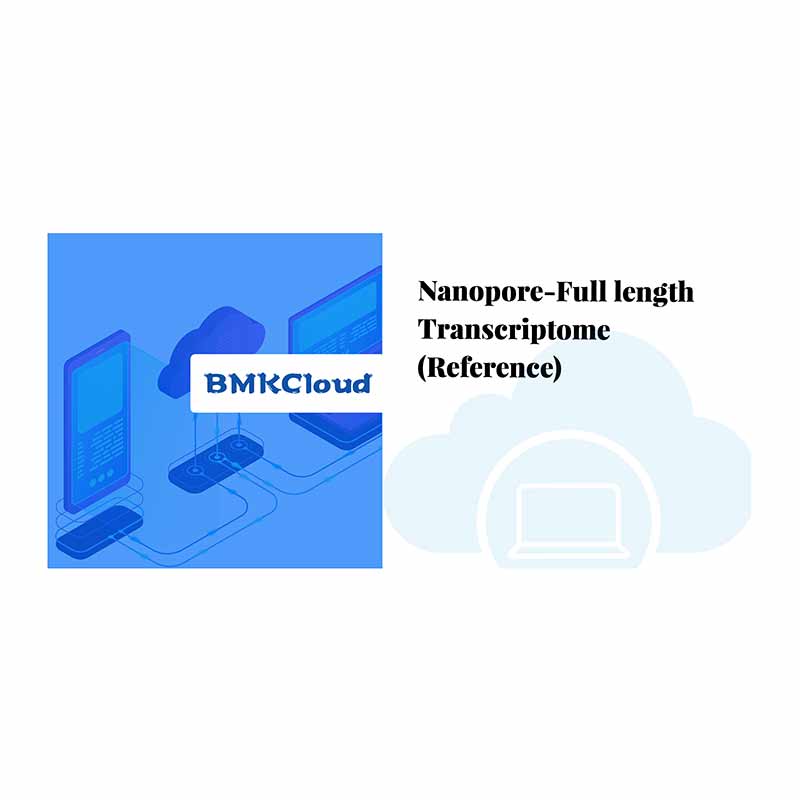
Nanopore Full-length transcriptomics
Complex and variable alternative isoforms in organisms are important genetic mechanisms for regulating gene expression and protein diversity. Accurate identification of transcript structures is the basis for in-depth study of gene expression regulation patterns. Nanopore sequencing platform has successfully brought transcriptomic study to isoform-level. This analysis platform is designed to analyze RNA-Seq data generated on Nanopore platform on base of reference genome, which achieves qualitative and quantitative analyses in both gene level and transcripts level.
-
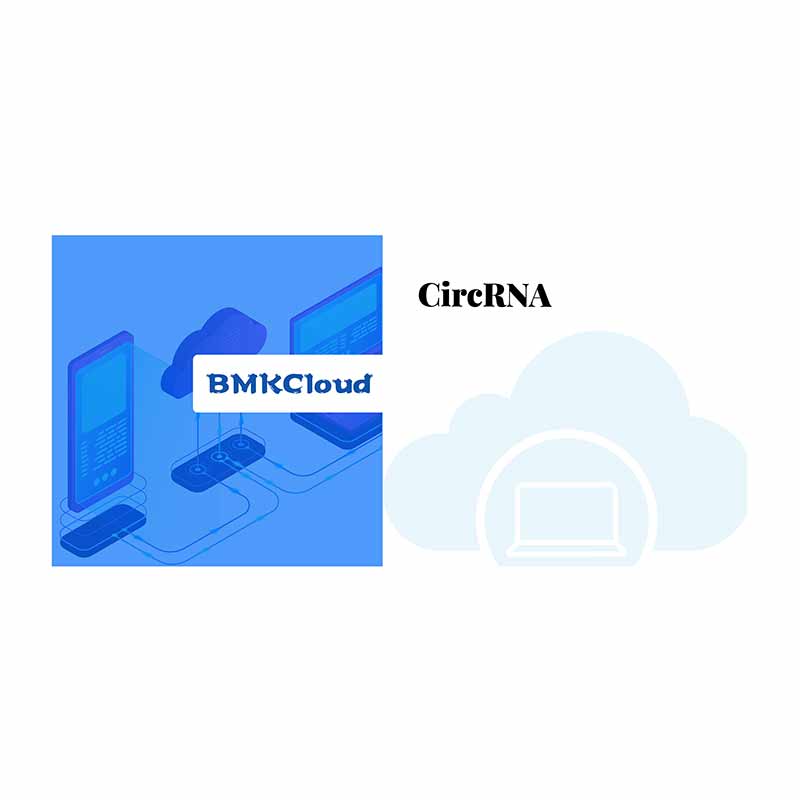
circ-RNA
Circular RNA(circRNA) is a type of non-coding RNA, which are recently found to play vital role in regulatory networks involved in developing, environmental resistance, etc. Distinct from linear RNA molecules, e.g. mRNA, lncRNA, 3′ and 5′ ends of circRNA are joined together to form a circular structure, which save them from digestion of exonuclease and are more stable than most of linear RNA. CircRNA have been found to have diverse functions in regulating gene expression. CircRNA can perform as ceRNA, which binds miRNA competitively, known as miRNA sponge. CircRNA sequencing analysis platform empowers circRNA structure and expression analysis, target prediction and joint analysis with other types of RNA molecules
-
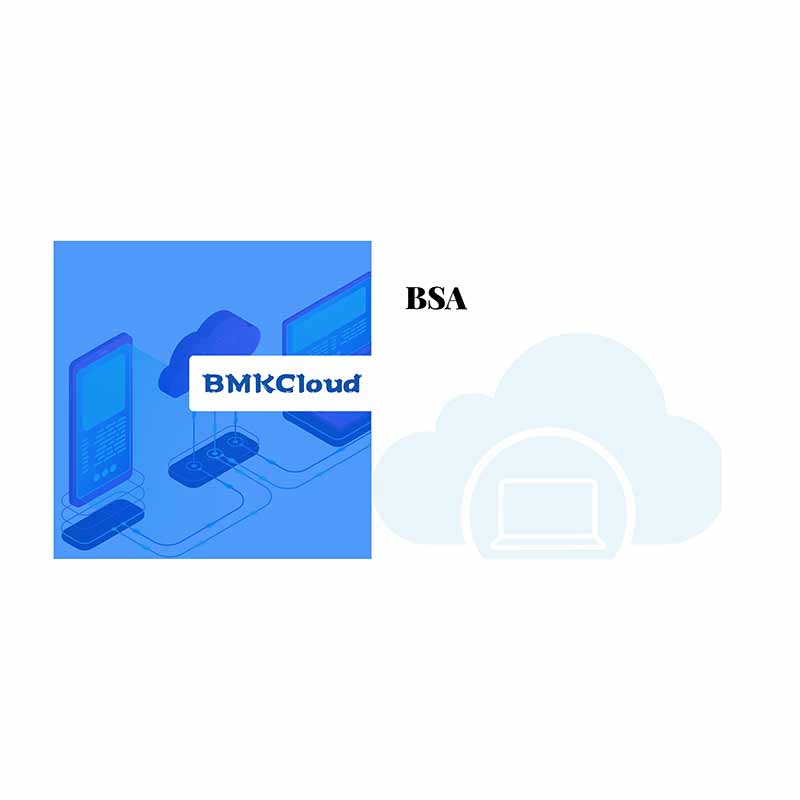
BSA
Bulked Segregant Analysis platform consists of one-step standard analysis and advanced analysis with customized parameter setting. BSA is a technique employed to quickly identify phenotype associated genetic markers. Main workflow of BSA contains: 1. selecting two groups of individuals with extremely opposing phenotypes; 2. pooling the DNA, RNA or SLAF-seq(Developed by Biomarker) of all individuals to form two bulk of DNA; 3. identifying differential sequences against reference genome or in between, 4. predicting candidate linked regions by ED and SNP-index algorithm; 5. Functional analysis and enrichment on genes in candidate regions, etc. More advanced mining in data including genetic marker screening and primer design are also available.
-
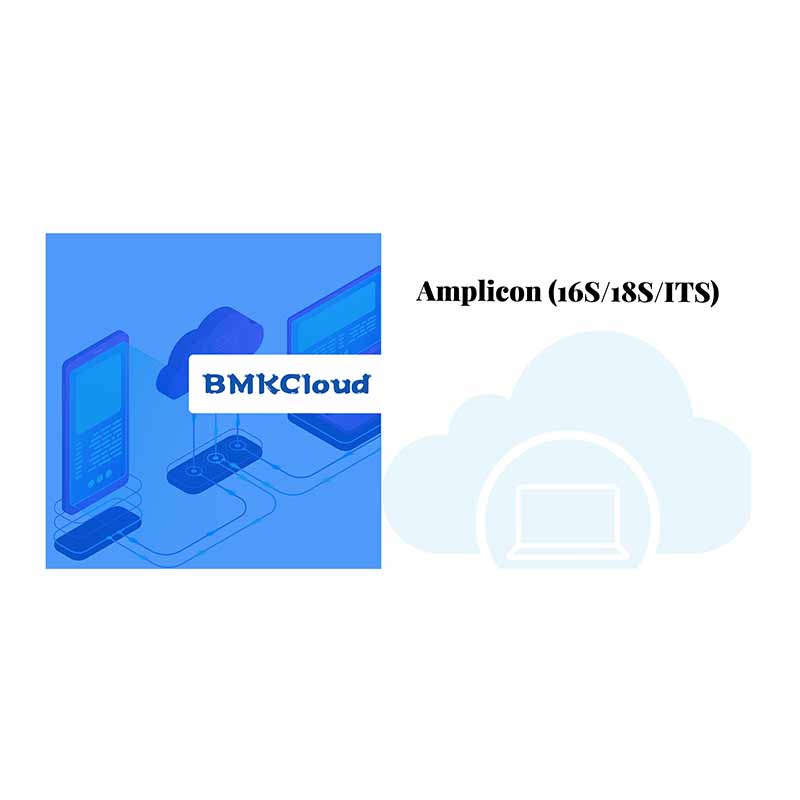
Amplicon (16S/18S/ITS)
Amplicon (16S/18S/ITS) platform is developed with years of experience in microbial diversity project analysis, which contains standardized basic analysis and personalized analysis: basic analysis covers the mainstream analysis content of current microbial research, the analysis content is rich and comprehensive, and analysis results are presented in the form of project reports; The content of personalized analysis is diverse. Samples can be selected and parameters can be set flexibly according to the basic analysis report and research purpose, to realize personalized requirements. Windows operating system, simple and fast.

